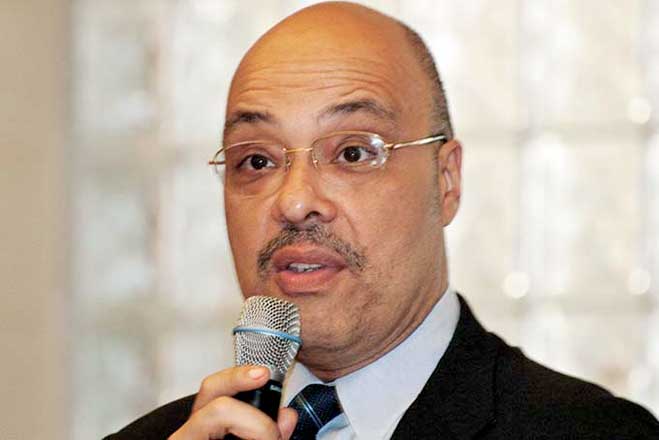
In April 2011, I suggested to MSNBC’s Rachel Maddow that the NRA should have held its convention in the Homewood Coliseum. I am glad to see that our Mayor-elect was listening.
That is exactly where Bill Peduto held his Victory party.
The party even included a parade by the Westinghouse High School Bulldog Marching Band Drumline and cheerleaders with food and refreshments from neighborhood caterers. For a few hours, the spotlight of the city was on Homewood-Brushton in a positive way. It was an evening to remember as we celebrated with the Mayor-elect and other dignitaries.
By the next morning, however, the students of the Westinghouse High Marching Band returned to their failing school, the Homewood Coliseum remained deeply in debt, its owners pondering how to remain financially viable and the neighborhood vendors continuing to struggle to remain profitable while operating in a poor, violent neighborhood.
One of the residents of the senior hi-rise across the street from the Coliseum asked me, “What’s next for Homewood?”
What is next for a community in crisis, plagued by decades of consistent residential abandonment and malignant and systematic government neglect?
Homewood should be Pittsburgh’s next great working-class neighborhood. But for this to happen, Homewood needs at least $500 million dollars. At least $150 million of that must come from the City, right now. Homewood is dying, right now, right in front of us even while other neighborhoods thrive.
According to a study by the University of Pittsburgh’s University Center for Social and Urban Research1, 30 percent of all structures are vacant and 44 percent of all parcels are vacant lots. Almost half of Homewood’s residents live at or below the federal poverty level, and almost 69 percent of residents live at or below 200 percent of the federal poverty level.
Homewood has the highest number of shootings and gun-related deaths in the City of Pittsburgh. Homewood is the City’s poorest, least diverse, most dangerous neighborhood with the highest amount of violent crime and economic distress.
Homewood’s situation is caused, in part, by years of racism, institutional neglect and concentrated poverty. Homewood has some of the flattest, most developable land in the City of Pittsburgh. For decades now it seems the “secret” plan has been to starve out or relocate the current residents, steal the land and eventually rebuild Homewood for the profit and pleasure of other people. And those people will not look like the current residents of Homewood.
Fairness and equity require that the City invest in Homewood and other poor neighborhoods disproportionately and that the City do so now. Merely giving an equal share of resources now will not be enough to overcome decades of damage done by neglect and intentional, systematic racism.
Imagine Homewood with an Eat ‘N’ Park and an Applebee’s, a Shop n Save and a K-mart.
Picture Homewood’s stately old Victorians and Queen Annes repaired and occupied by African-American families.
Visualize scores of new town houses and apartment buildings surrounded by thriving businesses, manicured landscapes and healthy open spaces.
In this new working-class neighborhood, the children achieve academically in healthy neighborhood schools and residents of all ages walk together on safe streets. Homewood could be a diverse, healthy neighborhood, home for all people including those who work long hours in challenging jobs just to make ends meet.
But, Homewood needs at least $500 million dollars to begin to revitalize and redevelop its community. Without this type of major financial commitment Homewood will continue to decline and its future will remain endangered.
This won’t be the first time the City Pittsburgh has made this level of financial investment in a community.
On the South Side of Pittsburgh, the former J&L Steel Mill was sitting on a contaminated brownfield.
The City, County and State along with private investors poured $150 million dollars in public subsidies which attracted $300 million in private equity to transform a shutdown steel mill and its’ surrounding brownfield into an oasis of townhouses, restaurants and businesses, 20 years ago. The J&L steel mill was transformed into Southside Works, an area primarily for wealthy and affluent people to play, work, and live.
Southside Works has no affordable housing, little residential diversity and almost no African-American business owners. Millions upon millions of city tax dollars were siphoned from the entire City to build this jewel for the privileged few.
Now it’s Homewood’s turn for significant funding.
(Reverend Burgess is Pittsburgh City Councilman for District Nine.)
Follow @NewPghCourier on Twitter https://twitter.com/NewPghCourier
Like us at https://www.facebook.com/pages/New-Pittsburgh-Courier/143866755628836?ref=hl
Download our mobile app at https://www.appshopper.com/news/new-pittsburgh-courier